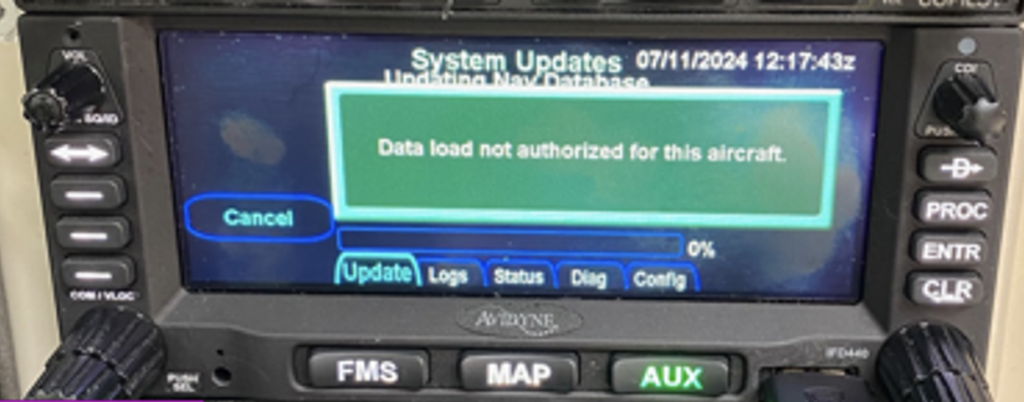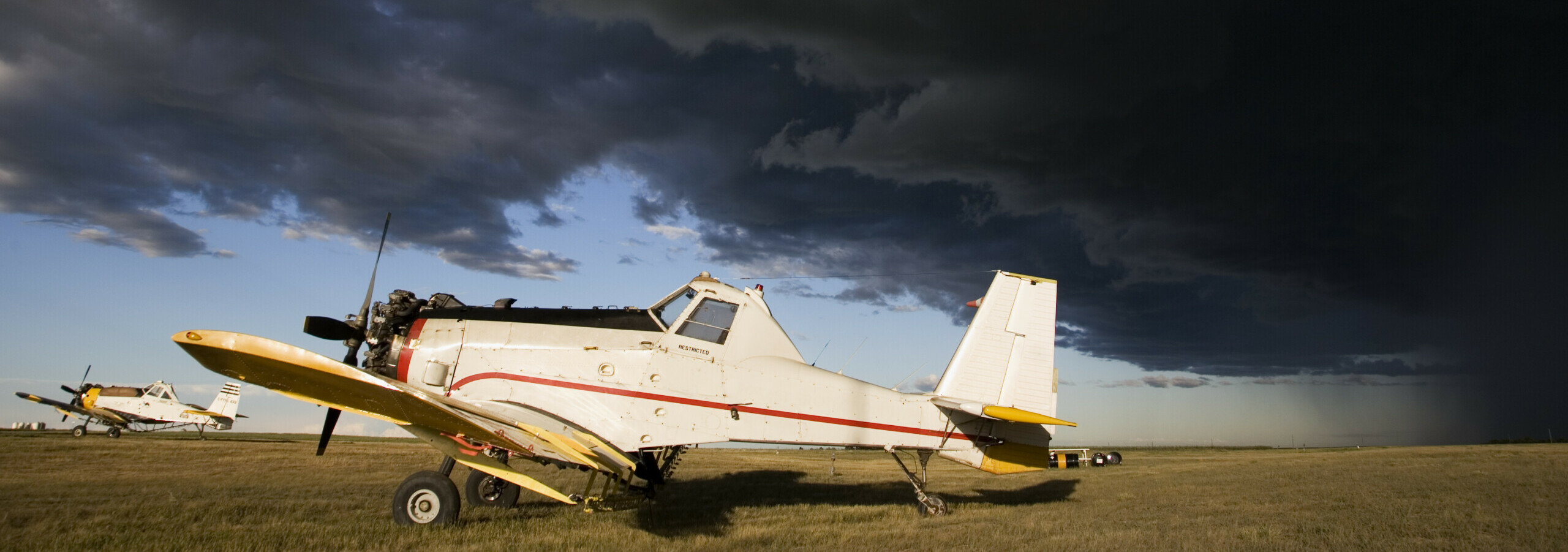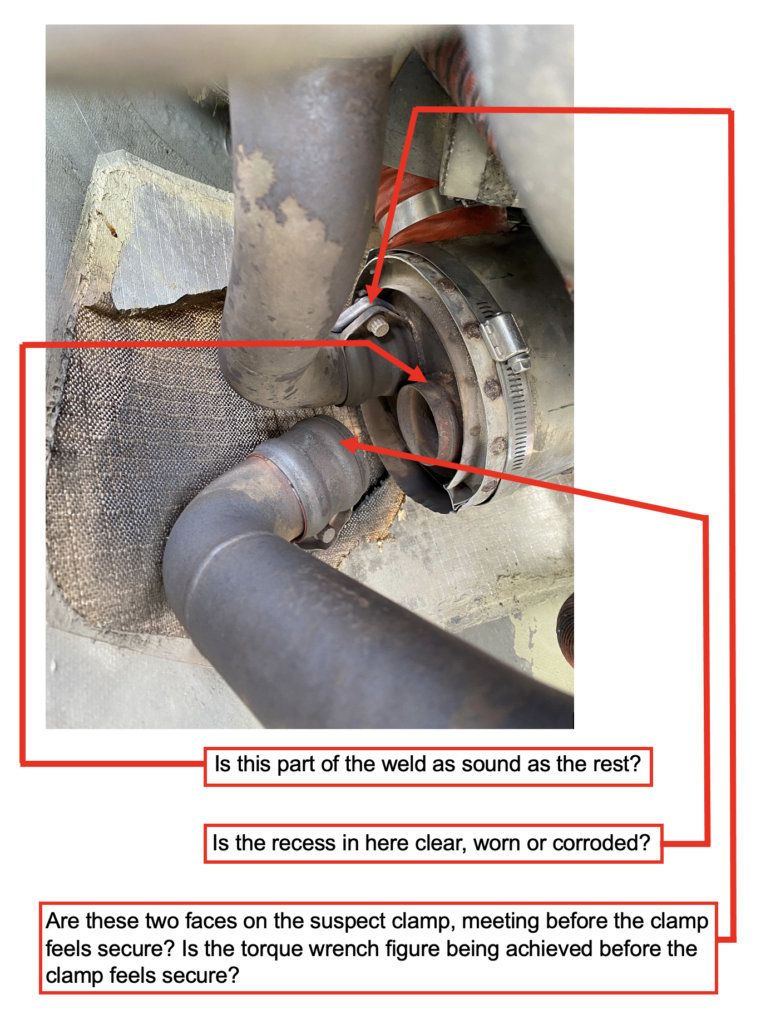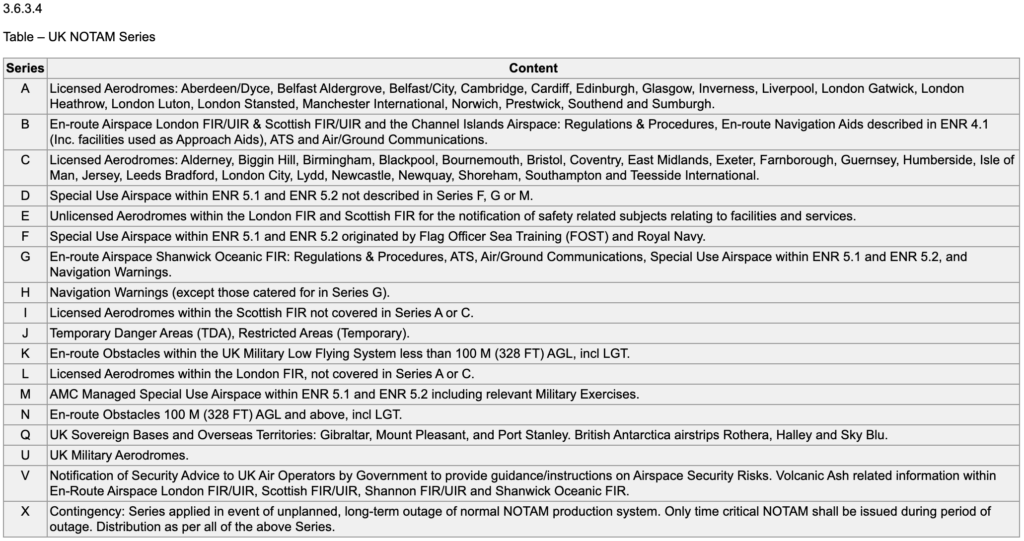It was back in 2002 and I was working for a major Telecoms provider as part of their first team selling classified advertising in their new “Purple Book” in the North England region. I was recruited as I’d had considerable success in contract labour recruitment – a game that required a very high work ethic, lots of energy, good planning, self-motivation and good closing skills. From the start it was clear that I’d walked headfirst into a real “boiler room” atmosphere. The first 3 days were ‘training’, which was basically learning how to compose an advert, write basic copy, and then how to fill in the paperwork when an order was secured. All seemed professional and calm at first. Then we were herded into a call centre. Here we were told that the only way to succeed was to do an average of 70 canvass calls a day from which we were expected to generate up to 6 appointments a day and close 2 deals a day.
Fast-forward 6 months. By this time only 4 of the original start up team of 16 was still in place. The rest had quit or been fired. Firing was a public event; the team would meet in a Maccy Ds, and be shouted at by a large bully boy manager who will remain nameless but was clearly in the role to weed out the ‘weaker’ ones, and routinely told people in front of their peers that “this really isn’t for you”, aka – “You’re fired”. ‘Weak’ was defined as not being able to make enough appointments, canvass all day, complete all paperwork and reports daily and to not hit ever increasing targets.
My days usually started around 06.30 by calling plumbers and builders before they started work to try and set up an appointment, and finished at 22.00 if I was lucky, completing paperwork with a beer in hand as I drank more than I should in an effort to get to sleep. I would spend weekends canvassing, and a friend once recalled how I would sit in the car at my rugby club in my kit up to 2 minutes before kick-off still canvassing, and work become part of every single day. Holidays were a complete non-starter as we were expected to catch up on totals if we went away. My marriage suffered, and I forgot what my kids looked like – I had at this point a 1 year old, a 5 year old and an 8 year old.
One Sunday morning in June, my wife pointed out it was my daughter’s 6th birthday and I should do something with her. I of course was “too busy” but it was made very clear to me that I should do something if I wanted to remain married. I asked my daughter what she wanted to do and she said “go flying with daddy”. So we went to the local airfield which happened to be a regional international airport, I booked a plane out, did the walkaround, strapped in, made radio calls and started to backtrack down the main runway as instructed. As I did so, I noticed an approaching aircraft so I turned into wind and called “ready for departure”, to which ATC replied “ermm, are you sure?”.
This was a very odd question and one I’d never been asked before. It threw me, so I quickly checked the aircraft, flaps set, lights on, fuel pump on “affirm ready for departure” and off we went. Within seconds, I realised that I’d only taxied half the length of the runway, but by this point I was past a speed where it was easy to stop, on a wet runway, and maybe just 100m from the end still only at 45kts in a PA28. So I slapped on the second stage of flaps to increase lift and managed to get airborne missing the boundary fence and the buildings on the other side of the fence literally by inches. A few minutes later I received a radio call to return to the field – also unusual – but it had been raining heavily in places so I assumed they were calling the chicks home to avoid problems. Wrong. As I walked into reception back at the club, I was greeted by a red faced, fuming, spitting, rabid CFI who proceeded to shout and scream at me about how I’d nearly wiped out half of the local town and nearly killed myself and my daughter. At this point my daughter was stood holding my hand and began to cry…..as did I. We got in the car, and just as I pulled onto the main road, my daughter asked, “Daddy, did you nearly kill me?”. The rest of the Sunday was a very subdued affair with cake and tears.
The following day, instead of going to my first appointment, I pulled the car over and simply put my head in my hands and sat still for about an hour. The guilt I felt was like nothing I had ever known. But as well as the guilt I felt utter shame. I pride myself on being a conscientious and skilled pilot and to think I made very basic errors horrified me. I rang a friend who was a vastly experienced flying instructor and talked him through the events of the previous day. As well as discussing the flight he asked me about my home life and work. He concluded: “Mate, you’re stressed. Your quick thinking to get off the ground was excellent, but your perception of things leading up to that was all wrong. The plane on finals could have gone around if you were still backtracking, and ATC wouldn’t have granted taxi clearance if it wasn’t safe. You’re speaking at 500 mph and you’re exhausted. You’re a very good pilot but you can’t keep flying whilst you’re in this state because you will kill yourself. You need to do something.”
Two days later I resigned from my job. The Boss took my car keys immediately and drove me home, taking the laptop and phone with him. I didn’t thank him for anything, nor did he offer any feedback or thanks. I walked into the house and told my wife what I’d done, and she simply said “Good”.
A week later, I started filling shelves and manning the checkout at Marks and Spencer. At first I was humiliated and embarrassed every time one of my peers/schoolmates/rugby team/local pilots/ex-colleagues spotted me topping up the tomatoes or scanning the bar codes. But gradually that wore off. I started to take great pride in my work. I started to cycle to work and got fitter and healthier. At Christmas I provided a full Christmas dinner for 5 for less than £30 thanks to my staff discounts. I would laugh and joke with the brilliant managers M&S employ, I had a brief foray into menswear which was hilarious, I chatted to customers and friends who popped in to see me, all telling me how well I looked. I started to love going to work again, and meanwhile spent many hours with my wonderful kids and gorgeous wife. In short, I got my life back.
The 7 months at M&S were an epiphany. What did I learn?
Stress is STEALTHY. It’s highly toxic and invades and pervades in equal measures. I’ve always been a very strong person mentally, very carefree and never had any mental health problems so I didn’t see it coming, but the signs were there. I’d allowed myself to believe that to be successful required constant work, no down time – that’s for pussies right – to keep trying to be better than others, to smash targets and to be willing to sacrifice your home life for that success, after all, I was doing this for my family – right? Stress causes you to lose track of reality, of values, of humility, of decency, of common sense and above all, of self-awareness.
Stress is a KILLER. Whether directly or indirectly, it can bring down the strongest of people.
On the day I left M&S to go back into the commercial sector, I vowed to myself I would never be stressed again, and to this day I have stuck to that vow. I can now see any signs of unnecessary stress approaching and know exactly how to send it back to its pit. I’ve stopped trying to be rich, and I focus on doing the best job I can during the day, and being the best husband, friend and dad I can be the rest of the time. I became a part time instructor on TMGs for 7 years, gained an IR(R), learned to skydive and spent 4 wonderful years as a jump pilot at a Skydive Centre, I now have a share in an aircraft and have never had a single prang, infringement or telling-off since. My kids somehow have all grown up to be highly successful, funny and humane people.
My advice to everyone is this; There isn’t a single job out there that is worth giving up your happiness, mental health, family, friends and life for. ‘Lifestyle’ is a false achievement. Material things are worthless if you haven’t got the time or energy to enjoy them or share them. Success shouldn’t be measured in salary, but in balance, peace, knowledge and expertise. If your friends are only impressed by your Facebook Maldives pictures rather than the way you love your kids, they’re the wrong friends. We only get one life. This is not a rehearsal, don’t f*** it up by trying to be something you’re probably not capable of. The biggest strength you can show, is knowing when to walk away.











Transponder devices, whether Mode S, ADS-B or other are of course an element of a future where there needs to be greater integration. Where the sky is busy with traffic that needs protection, transponders can of course be a requirement and we agree that it could be useful for a controller to understand which is a glider. We also wonder if some devices might already be linked to an aircraft type and push out data such as ‘glider’ that could be interpreted from the incoming transponder data into information on the controller’s screen.